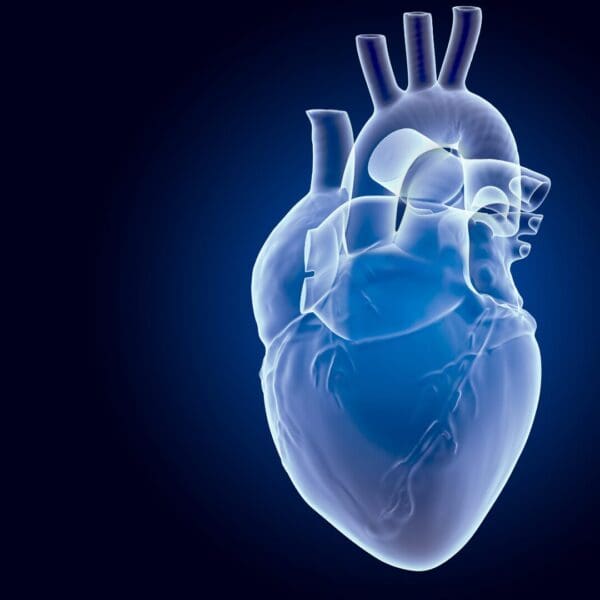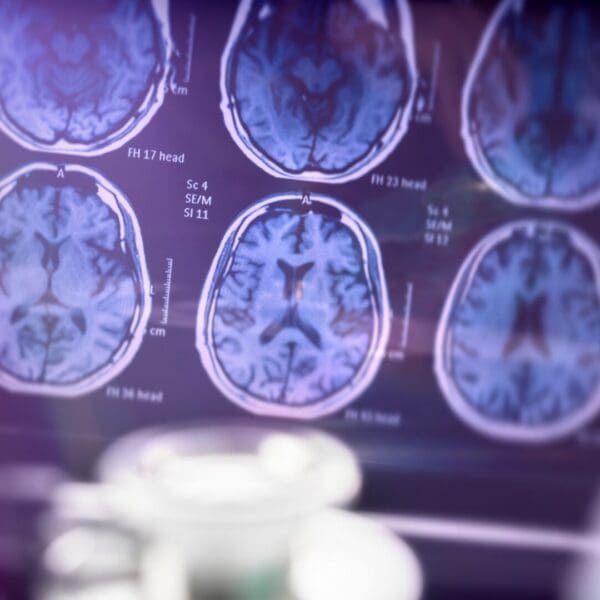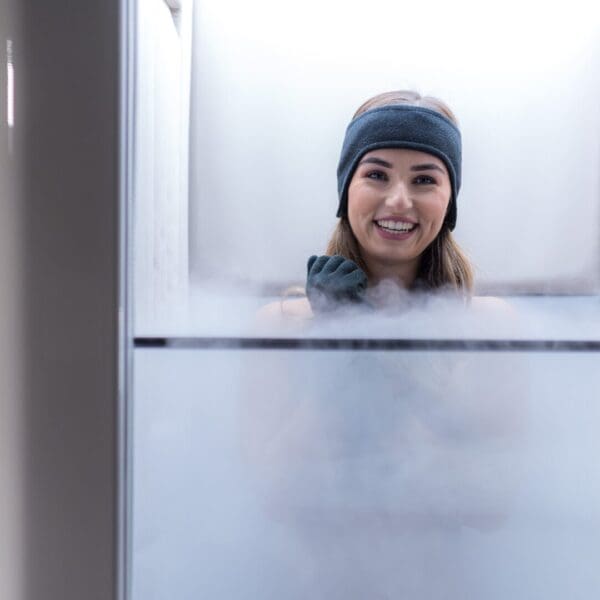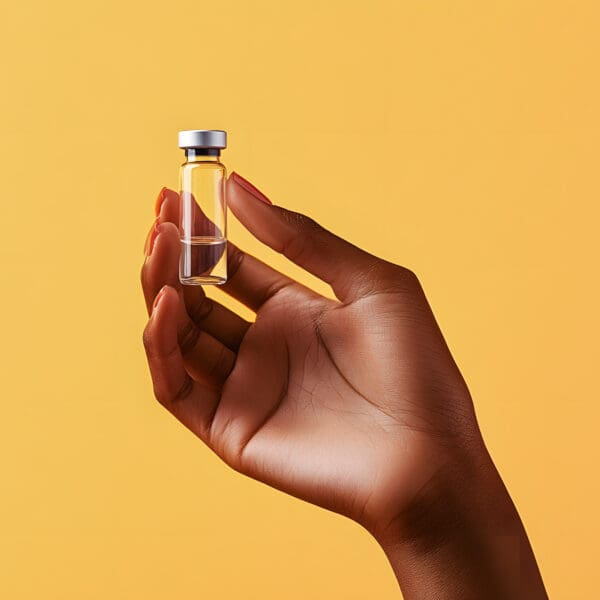Sometimes, I have to acknowledge my chronological (not biological) age. Back in the 1970s, there was a movement referred to as the psychedelic age. This movement was led by Dr. Timothy Leary from Harvard, who was a proponent of “magic mushrooms.” These mushrooms had psychedelic properties. I largely put the idea of psychedelic mushrooms out of my mind until I came across an interesting article.
The article discusses the potential of psilocybin as a geroprotective agent, extending beyond its known psychedelic effects to influence cellular aging. Researchers showed that psilocin, the active metabolite of psilocybin, significantly prolonged the lifespan of human lung and skin fibroblasts in laboratory settings. In fact, doses achieved up to a 57% extension by preserving telomere length, reducing oxidative stress, and elevating SIRT1 protein levels. In aged mice, monthly psilocybin treatments improved survival rates from 50% to 80%, alongside visible improvements in fur quality and a reduction in graying. This supports the “psilocybin-telomere hypothesis,” which links the compound’s benefits to mitigating aging hallmarks, such as DNA damage and senescence.
Why Psilocybin Represents a Significant Step Toward Anti-Aging
Psilocybin and psilocin could represent a breakthrough in anti-aging research by targeting multiple cellular aging mechanisms systemically, not just neurologically. This could offer a novel pharmacotherapy for age-related diseases. Unlike traditional supplements, these compounds demonstrate dose-dependent lifespan extension in cells and organisms. They reduce oxidative stress, enhance DNA repair, and maintain telomere integrity, which may help prevent conditions such as cancer and neurodegeneration. This positions them as a disruptive intervention, particularly for late-life treatments. However, regulatory barriers and the need for additional human trials remain key challenges.
I find the properties of these mushrooms fascinating. If we can move beyond their psychedelic effects, I believe there is real potential here. Below is the scientific article.
Thanks, Dr. P















